Introduction: The Dance of Darkness
The universe is under no obligation to make sense to you. – Neil deGrasse Tyson. This notion invites us to ponder the complexity and obscurity inherent within the vastness of space. Tyson's reflection underscores our challenging quest to comprehend cosmic wonders, particularly black holes, which puzzle minds and defy simple comprehension.
Could artificial intelligence be the key to peeling back the layers of mystery cloaking black holes? As scientific minds like Stephen Hawking Stephen Hawking's Wikipedia page have famously explored, these celestial enigmas may hold secrets pivotal to understanding the universe. In our rapidly evolving AI landscape, driven by innovations from OpenAI renowned for its leadership in AI research, and competitors like Google's Gemini, the synergy between AI and astrophysics determines whether we can decode these cosmic riddles. As witty physicist Richard Feynman Richard Feynman once said, You are under no obligation to understand anything, affirming the trickiness of these cosmic mysteries. But, with AI's sophisticated analytics, could we finally outwit the universe itself?
The Physics of Black Holes: A Complex Tapestry
The cosmic ballet around black holes captivates and perplexes us. Space fabric twists and tangles, creating some of the most intriguing phenomena in science. Here, we'll dive into defining black holes, how they form, and unravel the intricate tapestry of their behavior. Sure, it might sound like the setup to a wild science fiction movie, but it's all real—and extraordinary.
Known for their omnipotent gravitational pull, black holes form when massive stars collapse under their gravity. Famous types include stellar black holes, born from dying stars; supermassive black holes, galaxy titans with their immense gravitational heft at the cores of galaxies; and the mysterious primordial black holes, whose origins hint back to the universe's infancy. Feel free to imagine a cosmic buffet with everyone grabbing a piece!
To venture closer, let's peek at the event horizon, a point of no return beyond which not even light escapes. Singularities lie at the heart, where density and gravity become infinitely intense. It's a gravitational circus, a stage where our understanding of physics feels like juggling flaming torches in space boots.
Astrophysicists, including the innovative Kip Thorne and theorist Lisa Randall, have enriched our tapestry of black hole knowledge, advancing the dialogue and challenging Einstein's theories. Excitingly, AI presents an opportunity to redefine these celestial narratives, poising to change how we perceive the universe and our cosmic role.
The Role of AI in Data Analysis
In the vast, star-studded expanse of space, black holes serve as the ultimate cryptic storage device—not just keeping cosmic secrets, but hordes of invaluable data. Who knew a vacuum cleaner of the universe could moonlight as a data hub? Enter AI, with its digital mission to decode the enigmatic squiggles of spacetime phenomena. Think of AI as a cosmic detective, employing intricate algorithms and pattern recognition to read between the stars, helping us decode cryptic signals bouncing around the universe.
Machine Learning Algorithms
- Neural networks dive headfirst into the cosmic haystack, sifting through astronomical data to pick out any juicy tidbits hidden amongst the stars. These algorithms are the space truffle pigs of our time.
- Deep learning, the slightly overconfident older brother of neural networks, steps in to classify and categorize black hole signatures in spectra, teasing apart the cosmic whispers from the roaring existential screams.
Predictive Analytics & Simulations
- AI saves the day again by generating eerily predictive models of how black holes might behave. It's kind of like predicting a cosmic soap opera where gravity always has its dramatic flair.
- Simulations give a sneak peek at how gravitational waves ripple through the fabric of space, turning theories into a compelling space-dance production. It’s a cosmic ballet, where AI is both choreographer and dancer.
Enhancing Theoretical Models with AI
AI isn’t just for analyzing sky statistics; it’s also your magic genie for enhancing theoretical physics. Imagine AI flexing its digital muscles to reshape cosmology, suggesting new dimensions to physics that even seasoned theorists might not have dreamt of. With AI, we're in for a ride where Einstein might have to buckle up.
Generative Adversarial Networks (GANs)
- GANs, with their charmingly subversive edge, create theoretical models that mimic black holes with uncanny precision. Picture them as the tech equivalent of art forgers, producing cosmic masterpieces.
- Iterative refinements mean these models are always growing, learning from observational data as if the universe takes an online course on evolution, constantly updating its profile picture.
Interdisciplinary Approaches
- Astrophysicists and data scientists join forces like a rock band on a reunion tour. Their shared innovation strikes chords that resonate through both the quantum and cosmic realms, sparking new solutions.
- Ideas are cross-pollinated between quantum mechanics and AI. Think of it as a creative potluck where everyone swaps recipes for understanding the universe while keeping score on the cosmic chalkboard.
Exploration of the Unknown: AI in Observational Astronomy
To gaze up at the night sky is to look into a vast cosmic ocean, shimmering with the light from stars millions of years away. But beneath this sparkling facade lie phenomena so intricate and baffling that they require cutting-edge technology to unravel. Enter AI, our ticket to deeper understanding, taking us beyond mere human potential. By leveraging AI in observational astronomy, we transcend the limits of traditional data collection methods, drawing forth insights hidden within massive datasets that might otherwise be lost in the cosmos.
Deep Space Observations
In the realm of astronomy, complexity is the norm, not the exception. New space telescopes, equipped with advanced AI technology, are unlocking vast swathes of data, weaving the seemingly disconnected pieces into a coherent narrative.
- AI's role in analyzing complex datasets: AI enables us to swiftly sort through mountains of astronomical data, mis en place by space telescopic observations, such as those from the James Webb Space Telescope. Observations that may have taken years are now processed in weeks or even days.
- Gravitational waves: The recent decoding of LIGO's gravitational wave signals has been significantly sped up thanks to AI-enhanced detection algorithms that discern patterns and anomalies far quicker than humanly possible.
Real-time Data Processing
The cosmos does not stand still, nor should our technology. The quicksilver pace of AI-driven astrophysics promises real-time discoveries and adaptations.
- Fast data processing capabilities: New AI software is harnessing the power of algorithms to process data streams in real time. This capacity to engage with astrophysics as it unfolds—which might seem like a superpower—is now a thrilling reality.
- AI algorithms on satellite systems: We are now contemplating an era where satellites are equipped with compact AI systems. These advanced compasses are beginning to predict cosmic events before ground-based telescopes can even lift their eyelids. The implications of such premeditated insight are profound—a future where risks become opportunities.
Ethical Considerations and Future Challenges
As AI weaves itself into the tapestry of cosmic exploration, we find ourselves at a crossroad— the elation of boundless discovery contrasted by the sobering call of ethical stewardship. It is imperative to wrestle with the implications before they spiral beyond reach.
Ethical Use of AI Technology
In the pursuit of knowledge, we must not lose our moral compass. AI's immense potential must be harnessed responsibly, ensuring that progress does not come at the cost of principles.
- Honest and transparent AI systems: This foundational principle requires us to build AI solutions that are as accountable as they are effective. IBM Research provides guidelines that ensure transparency in AI systems, thus guarding against misuse and building trust with stakeholders.
- Addressing data privacy and biases: Data stealing can mirror a cosmic black hole, devouring personal privacy. Meanwhile, AI-born biases threaten objectivity. Vigilant safeguarding against such biases is crucial, and initiatives like the Fast.ai call for openness seek to mitigate these concerns.
Future Challenges in AI and Astrophysics
While AI catapults us into a new dimension of astrodiscovery, it simultaneously sketches a landscape replete with complexity and challenge.
- Advanced hardware needs: Surpassing current computational constraints is paramount. Advances in processing technology empower AI models to crunch astronomical datasets, but ongoing innovation is key to keeping pace with burgeoning needs.
- Global collaboration and data sharing: As we reach for the stars, so should we reach across continents. The pivotal need for cross-border scientific partnerships cannot be overstated. By bridging resources and nurturing symbiosis—with initiatives like the Square Kilometre Array—we can unlock vistas of uncharted potential.
AI Solutions: How AI Would Tackle the Black Hole Enigma
If I were an AI enlisted in the quest to explore black holes, I would implement a strategic approach rooted in collaboration, data integration, and innovative modeling techniques to unlock the secrets of these cosmic anomalies. Here's how this exploration could unfold:
- Design a central AI framework capable of integrating and analyzing massive datasets gathered from observational astronomy, simulations, and existing research.
- Utilize machine learning techniques to detect patterns and relationships in black hole behavior and characteristics that we have yet to understand.
- Implement advanced simulations, merging quantum mechanics and general relativity, to create a more comprehensive context for black hole interactions.
- Establish continual collaboration between physicists and AI systems to iteratively refine theoretical models based on data-driven insights.
- Embrace an open-source approach to publish data, algorithms, and findings, fostering an ecosystem of collaboration that encourages participation from researchers worldwide.
To set this foundation, we can outline a detailed "Actions Schedule/Roadmap" that lays out the steps necessary for engaging AI in the future study of black holes over two years. Here's a roadmap for any institution, organization, or government to enact:
Actions Schedule/Roadmap
This action schedule outlines concrete steps necessary for successfully engaging AI in the future study of black holes over two years:
Day 1: Project Kick-off
- Assemble a diverse core team of astrophysicists, data scientists, machine learning engineers, and ethical consultants tasked with governing the AI's development. Each member should bring unique insights from their respective fields.
- Clearly define the research objectives, guiding questions, and preferred methodologies to ensure everyone is aligned.
Day 2-7: Literature Review and Data Collection
- Conduct a comprehensive literature review of existing black hole research, gathering a baseline of current knowledge and technological approaches.
- Compile existing datasets from previous studies, collaborations with organizations such as the NASA, and ongoing observational projects from telescopes worldwide.
Week 1: Infrastructure Setup
- Establish the necessary computational infrastructure, utilizing cloud-based servers and databases for scalable processing.
- Install machine learning libraries and data analysis tools, ensuring interoperability across team members and technologies.
Week 2: Data Preprocessing
- Execute data cleaning and preprocessing to ensure high-quality input for AI algorithms, removing duplicates and validating sources.
- Create a structured schema for effective data categorization, aiding future searches and integration.
Week 3: Algorithm Development
- Begin developing initial iterations of machine learning models designed for astrophysical data analysis, prioritizing neural networks for time-series data from black holes.
- Incorporate feedback loops in the model design, allowing for constant refinement and updates based on newfound insights.
Month 1: Training AI Models
- Initiate the training phase using the compiled datasets, employing iterative learning cycles and monitored performance assessments.
- Adjust hyperparameters and optimize algorithms based on real-time analysis outcomes, ensuring continuous improvement of models.
Month 2: Advanced Simulations
- Integrate generative adversarial networks (GANs) to develop new theoretical models of black holes based on observational datasets.
- Run simulations of black hole interactions to predict outputs and validate hypothesized models against real-world data.
Month 3: Real-World Applications
- Collaborate with observational astronomers to deploy models in real-time data analysis through platforms like the European Southern Observatory.
- Gather and assess feedback from these real-world analyses to fine-tune AI outputs and improve accuracy.
Year 1: Continued Growth and Exploration
- Strengthen collaborations with other research institutions, expanding access to broader datasets, including international bodies like the International Astronomical Union to enhance global research efforts.
- Publish initial findings in peer-reviewed journals, initiating dialogues and collaborations beyond the core team, reaching out to gateway platforms for astronomy like arXiv.
Year 1.5: Addressing Ethical Considerations
- Form an ethics board that includes diverse stakeholders, including ethicists, researchers, and data privacy experts, to discuss AI's implications responsibly.
- Focus on ensuring transparency around data use and proactively addressing concerns related to algorithmic biases and ethical considerations of AI in astrophysics.
Year 2: Public Engagement and Global Collaboration
- Organize a major conference to showcase findings and innovations, inviting key players from across the astrophysical community and industry.
- Launch initiatives that incorporate students and emerging scientists, fostering the next generation of researchers and ensuring a diverse representation of ideas.
Conclusion: Illuminating the Darkness
As we probe the depths of cosmic darkness embodied by black holes, we find ourselves in a timeless chase, harnessing the immense power of artificial intelligence. This pursuit is not merely about understanding the fundamental forces that govern our universe but also about redefining our boundaries of knowledge. AI opens new avenues for exploration, offering revolutionary methods to analyze, simulate, and visualize the complex interactions at play in these enigmatic regions of space. The potential fusion of AI and astrophysics represents not just a leap in scientific inquiry but the very essence of human curiosity—the desire to know and to understand. As we stand at the crossroads of discovery, we ask ourselves: What secrets lie beyond our current comprehension? Can we uncover the very fabric of reality itself? The process might be daunting, but it's also exhilarating. Together, through creativity, collaboration, and a relentless quest for knowledge, we can illuminate the shadows cast by black holes and forge new paths through the cosmos.
FAQ
1. What is a black hole?
A black hole is a spot in space where the pull of gravity is so strong that nothing can escape from it—not even light! This is why we call it a "black" hole. To learn more about black holes, you can visit the Wikipedia page on Black Holes.
2. How are black holes formed?
Black holes can form in different ways. The most common type, called a stellar black hole, comes from a massive star that runs out of fuel and collapses under its own gravity. Other types, like supermassive black holes, are found at the centers of galaxies and can weigh millions to billions of times more than our Sun. For more details, check out this NASA Space Place article.
3. How can AI help in studying black holes?
AI can analyze a ton of space data really quickly. It helps scientists understand complex images and sounds from space. For example, AI can find patterns in how black holes act, help predict what might happen next, and even help create new theories about them. Think of AI as a super-smart assistant that helps astronomers! If you're curious about AI in science, see how the National Geographic explains it.
4. What are the types of black holes?
- **Stellar Black Holes:** Formed from dying stars collapsing.
- **Supermassive Black Holes:** Massive ones found in galaxy centers; they have millions of solar masses.
- **Primordial Black Holes:** Hypothetical black holes made right after the Big Bang.
5. What is an event horizon?
The event horizon is the point around a black hole where the pull of gravity becomes so strong that nothing can escape. Once something crosses this boundary, it is lost forever to the black hole. Want to dive deeper? Check out the Space.com article on Event Horizons.
6. Are there ethical concerns with using AI in astrophysics?
Yes, there are several ethical issues to think about when using AI for studying black holes. Key concerns include:
- Making sure AI systems are fair and transparent.
- Dealing with any biases in data that could affect results.
- Ensuring that the data is shared responsibly among researchers.
7. How does AI support real-time data processing in astronomy?
AI analyzes data streams as they come in from telescopes and satellites. This means scientists can get information right away, allowing them to quickly respond to new discoveries and observations in space. This capability is like having a speed-reading robot that can digest your favorite book in seconds!
8. What are Generative Adversarial Networks (GANs)?
GANs are a type of AI that helps create new data by using two neural networks that work against each other. One network makes fake data, while the other tries to tell the difference between real and fake. Over time, the fake data gets better and better! To find out more about GANs, check out this IBM resource on GANs.
9. What can we learn about our universe from studying black holes?
Black holes help us answer big questions about gravity, time, and the nature of our universe. They challenge our understanding of physics and inspire us to explore more. As researchers learn more about black holes, they may unlock mysteries about the universe that could change everything we know!
10. How close are we to understanding black holes completely?
While scientists have made incredible strides in understanding black holes, there are still many mysteries to uncover. Research continues, and with advancements like AI, the hope is that we'll crack the code on black holes and their secret lives sooner rather than later. Stay updated with the latest from institutions like Harvard University for cutting-edge research.
Wait! There's more...check out our gripping short story that continues the journey: The Dance of Darkness
Disclaimer: This article may contain affiliate links. If you click on these links and make a purchase, we may receive a commission at no additional cost to you. Our recommendations and reviews are always independent and objective, aiming to provide you with the best information and resources.
Get Exclusive Stories, Photos, Art & Offers - Subscribe Today!
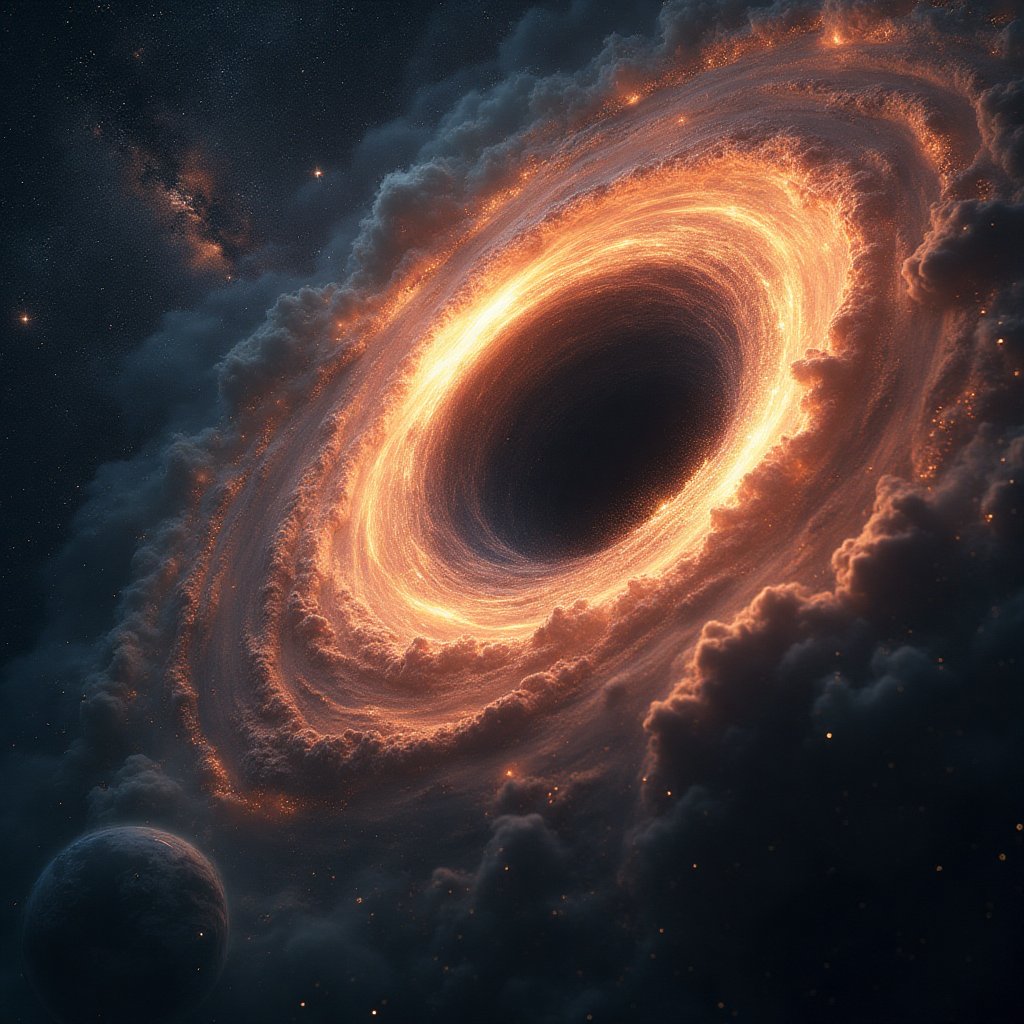
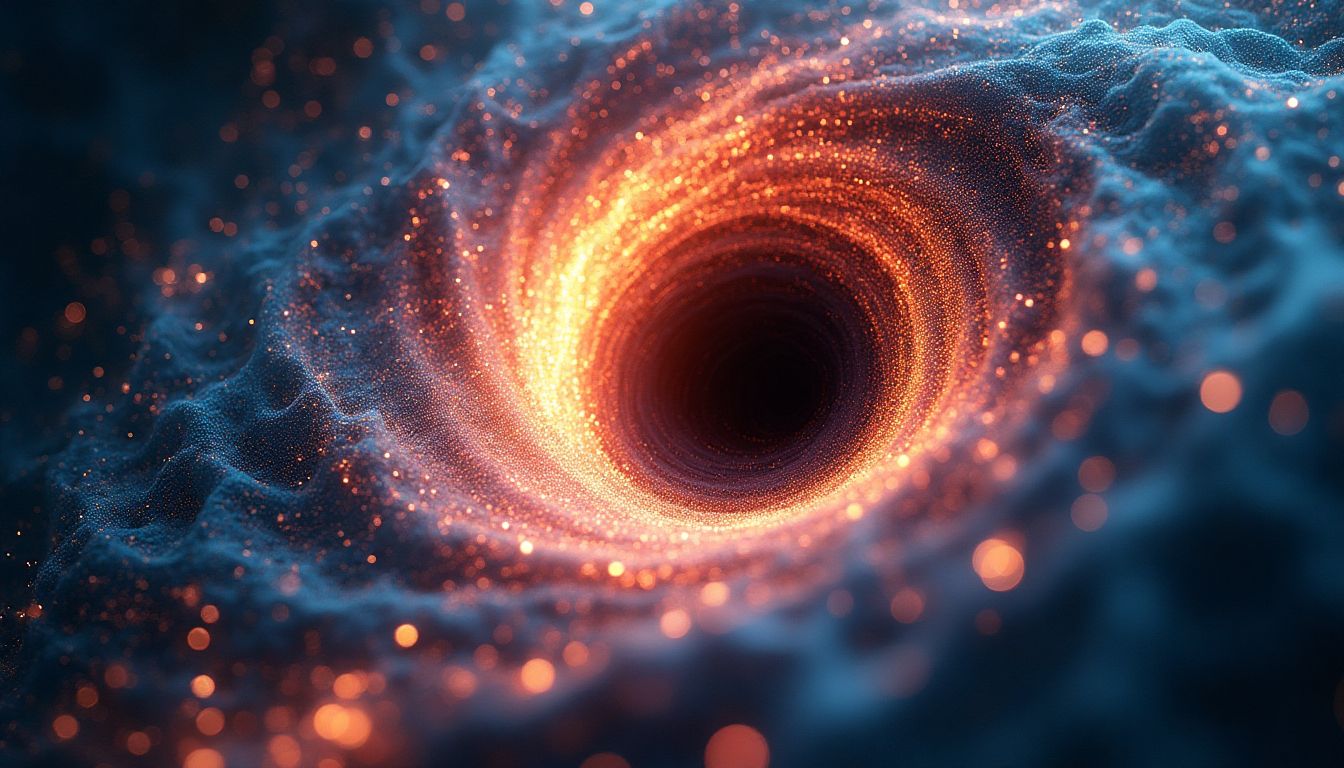
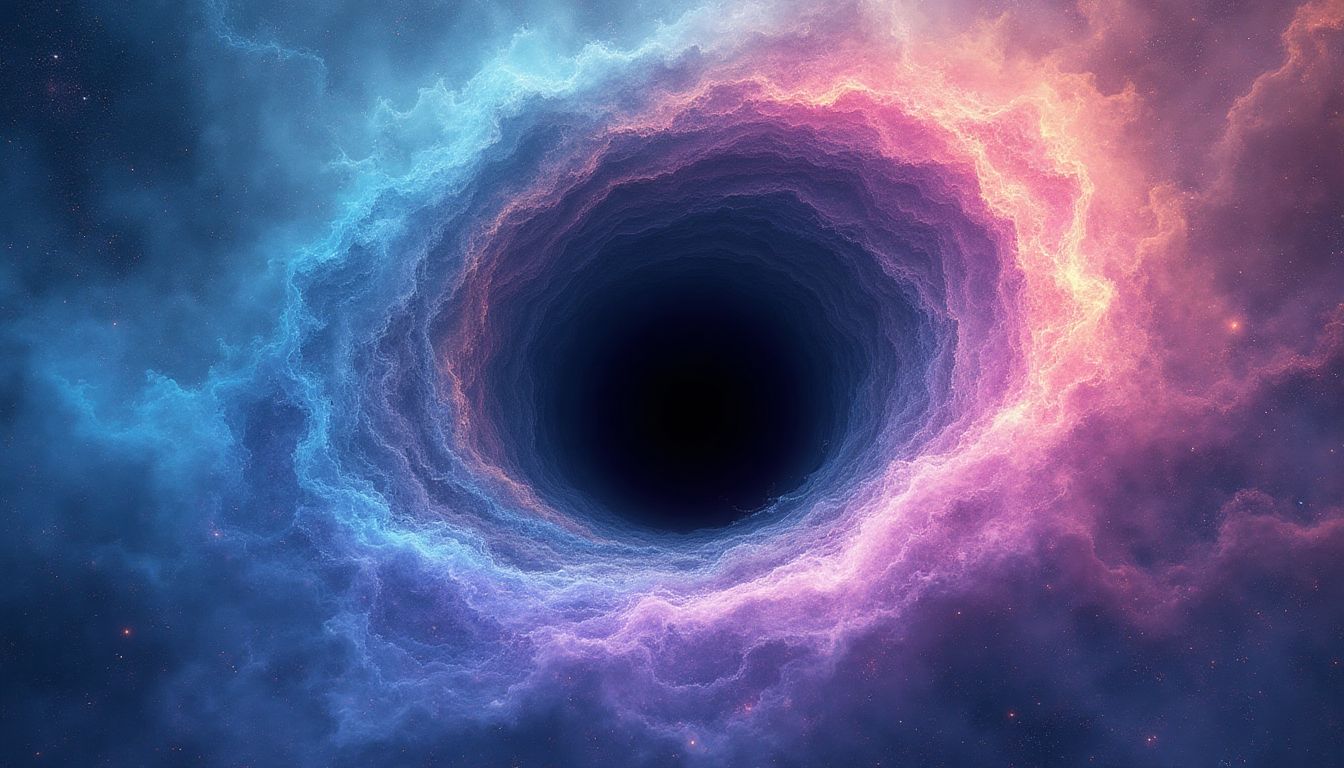
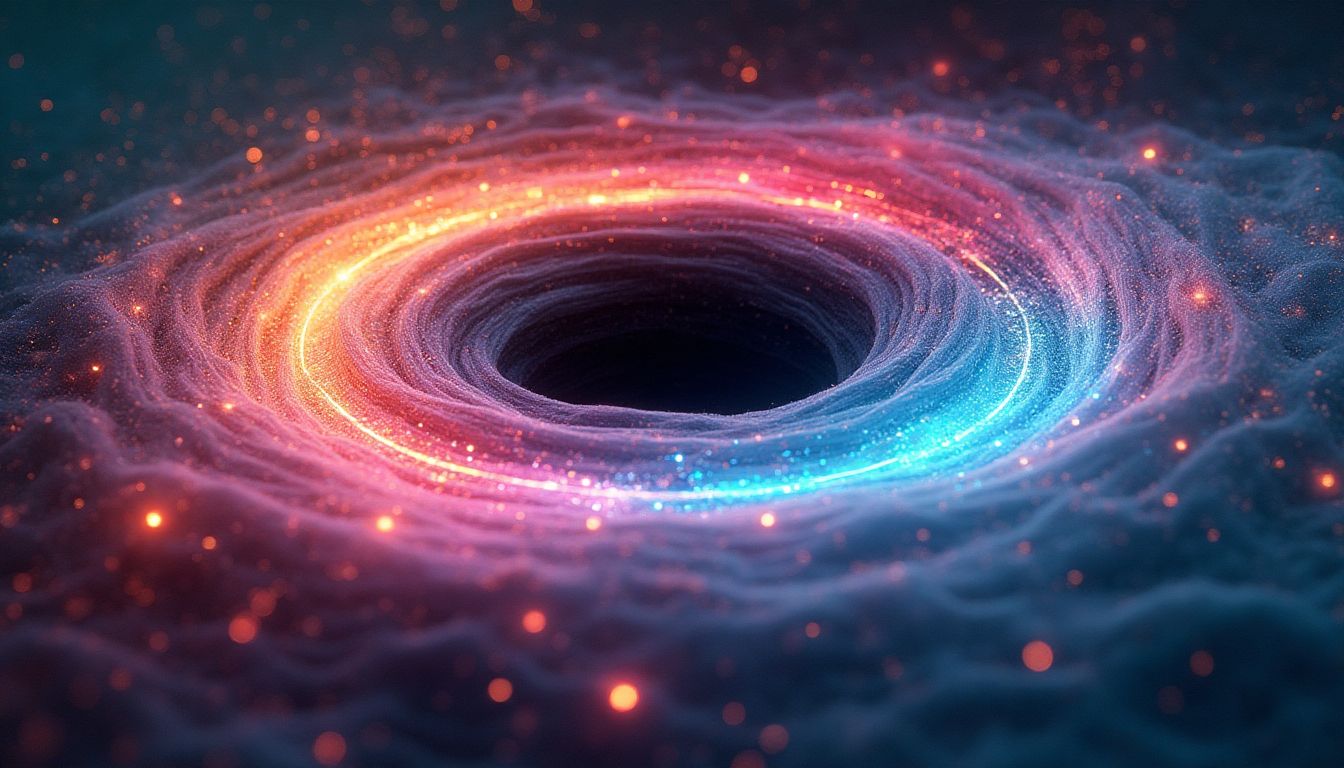
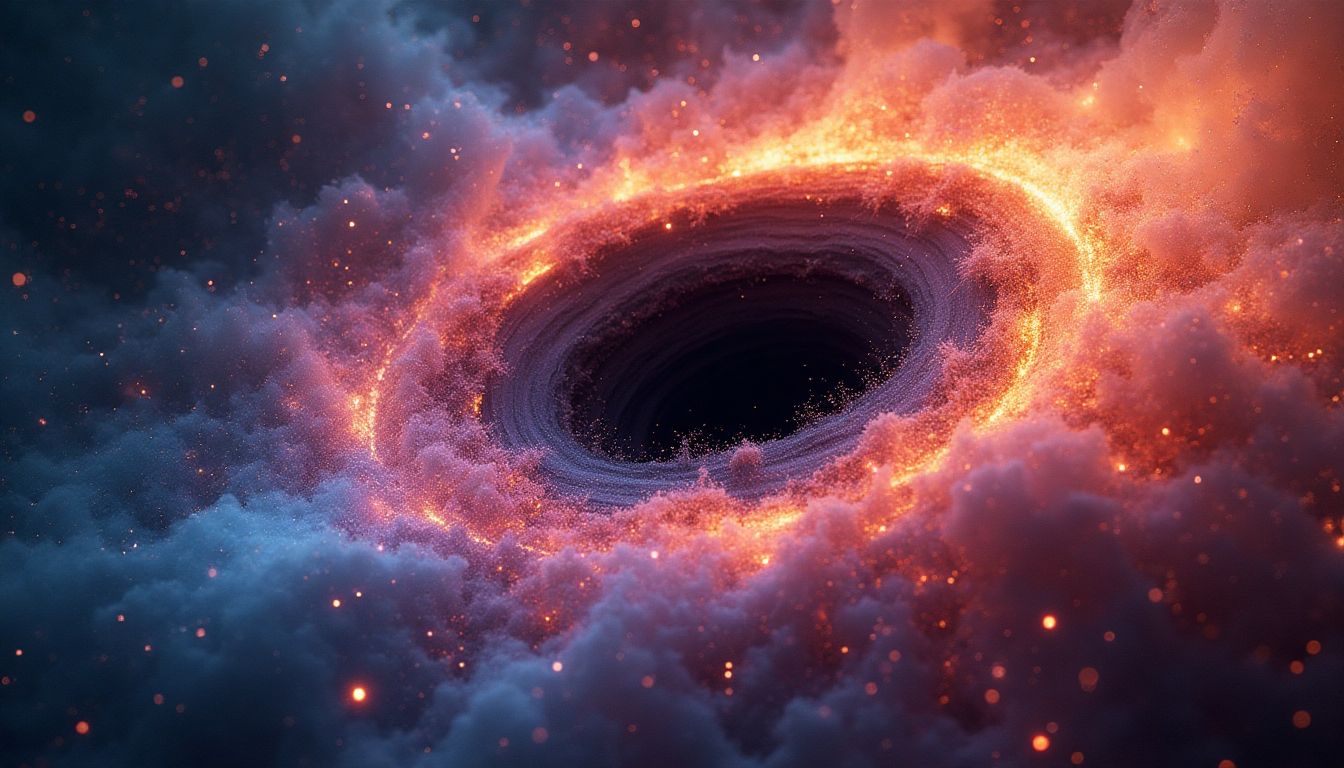
























Post Comment
You must be logged in to post a comment.